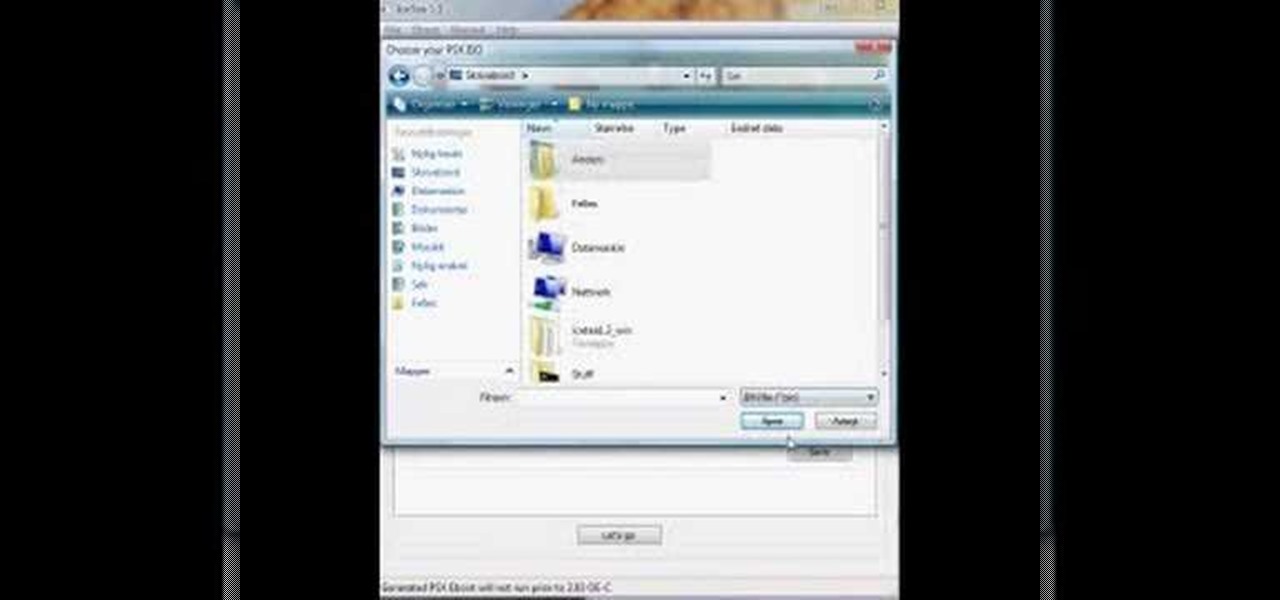



cab files? As it turns out, some of the popular archiving utilities, including WinRAR and my personal favorite 7 Zip, can also read and extract the contents of ISO files.Īll that you need to do is use those tools’ view or extraction functions on the ISO file to examine its contents or extract some or all of the files you need. Recall how I indicated that ISO files are much like. Treat the ISO file as if it were an archive Assuming the disk image uses a supported file system (CDFS, NTFS, or FAT32 typically), you can simply read the contents of the ISO directly from the virtual drive. Using this utility, you can “ mount” the ISO file and it appears as an additional disk drive on your machine – for example drive M. One product that I’ve used in the past is Daemon Tools.

There are several utilities out there that will treat an ISO file as if it were a disk drive, although often only for reading. In the case of the Linux distribution, you’ll probably even be able to boot from the CD or DVD that you just created.Įven when you’re not dealing with software distribution, simply burning the ISO file to a disc will make the contents of the ISO readable by simply reading the contents of that disc. When you examine the properly completed disc, you’ll see all the files and folders that were contained within the ISO image. iso file when you look at the disc, then you’ve burned it to the disk as a file – it needs to be burned to the disc as an ISO. If you burn the ISO to the disc and still see the. You can’t just copy the file to the media and expect it to work. It requires a special technique to properly create the image, which is why you need to use tools like ImgBurn. Using a CD or DVD burning program (like ImgBurn), you can then write that ISO image to an actual disc. For example, if you download a popular Linux distribution, what you’ll most likely download is actually an. ISO files are frequently used to distribute CD or DVD images. There are a few ways to deal with ISO files. But, like a disk, the operating system has to look, see what format was used (things like FAT32, NTFS, and the like), and then interpret the contents of the ISO file as if it were reading the raw data from an actual disk. If interpreted correctly, that raw data may naturally represent files, folders, and formatting details. There’s nothing about the ISO format that actually knows about files, folders, or formats. The real difference is that an ISO is a byte-for-byte copy of the low-level data actually stored on a disk. cab file contains a collection of files and folders. That means it contains all the files and folders that were on that disk, much like a. cab archive file, only without the compression.Īn ISO file contains the image of a disk. The easiest way to think of an ISO file is more like a. Make it look like you put it on a disk.There are three ways to deal with a disk image:


 0 kommentar(er)
0 kommentar(er)
